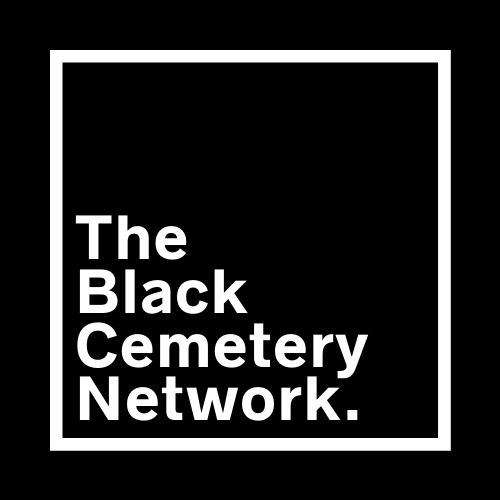SITE DIRECTORY
To learn more about any of the BCN sites listed below, click “Read more” to view individual site briefs. To search for a specific BCN site, use the search bar below:
St. Peter’s Cemetery
ST. PETER’S CEMETERY
FOUNDED: 1851
ADDITONAL NAMES: N/A
AFFILIATION(S):
Bethesda African Cemetery Coalition
HISTORY:
The two main demographic groups buried at the cemetery are African Americans and Irish, with numerous other immigrant groups, which makes it unique. The two main churches that are buried at the cemetery are designated as a Historic Landmark. St. Peter Claver Catholic Church, located in Baltimore's Sandtown community, is a historic landmark that was founded in 1888 by the Josephite Fathers to serve Black Catholics and is the first parish in the world dedicated to St. Peter Claver, the "Apostle of the Slaves". The other main church that is buried at the cemetery and is also a Historic Landmark Designation is St. Peter the Apostle Church. St Peter the Apostle was a Roman Catholic church located within the Archdiocese of Baltimore, Maryland. Constructed at the northwest corner of Hollins and South Poppleton Streets (848 Hollins) and (11-13 South Poppleton), it was often referred to as "The Mother Church of West Baltimore" and served as a pillar of the Irish Community. The church is no longer catholic owned and is now an African American congregation: Carter Memorial Church of God in Christ.
BCN Contact Information:
Jennifer Johnson
LAUREL CEMETERY
LAUREL CEMETERY
FOUNDED: 1852
ADDITONAL NAMES: None
AFFILIATION(S): None
HISTORY:
Laurel Cemetery was incorporated in 1852 as a nondenominational cemetery for African Americans of Baltimore, Maryland. In its early years, it was a premier burial site for people across Black Baltimore’s socioeconomic spectrum. However, by the 1930s, the site was overgrown and garbage strewn due to years of improper maintenance by the cemetery’s owners. In response to local neighborhood complaints and economic motivations on the part of the owners, legislation was successfully introduced by a local politician in 1957 to allow the demolition and sale of the property for commercial purposes. Although lot owners and NAACP lawyers petitioned to stop the demolition, the bulldozing proceeded following the removal of a few hundred graves to a new Laurel Cemetery site approximately fifty (50) miles away in Carroll County, Maryland. Today, the Belair-Edison Crossing shopping center occupies the footprint of the old cemetery. In the case of Baltimore’s Laurel Cemetery, the absence of historical memory and material culture signifying the existence of an important historical site is compelling. Although Baltimore’s history shows the loss of many cemeteries regardless of race or ethnicity, the size of the property (22 acres), number of burials, notoriety of individuals, and legal opposition to demolition make the Laurel Cemetery stand out as an important case study with broad implications. In particular, the overall number of burials is an important aspect of the site. The exact number will never be known as cemetery records were lost and Baltimore City death certificates do not start until 1875. Additionally, the property was known to have been used as a burial site for free and enslaved African Americans prior to its formal 1852 incorporation. Despite these blind spots, our review of Baltimore City death certificate has thus far revealed more than 13,000 burials from Laurel Cemetery (after a search of less than 30% of relevant records). At this point, it is safe to estimate that more than 20,000 burials will be revealed solely from available death certificate records.
BCN Contact Information:
Elgin Klugh
eklugh@coppin.edu
http://laurelcemetery.omeka.net/



